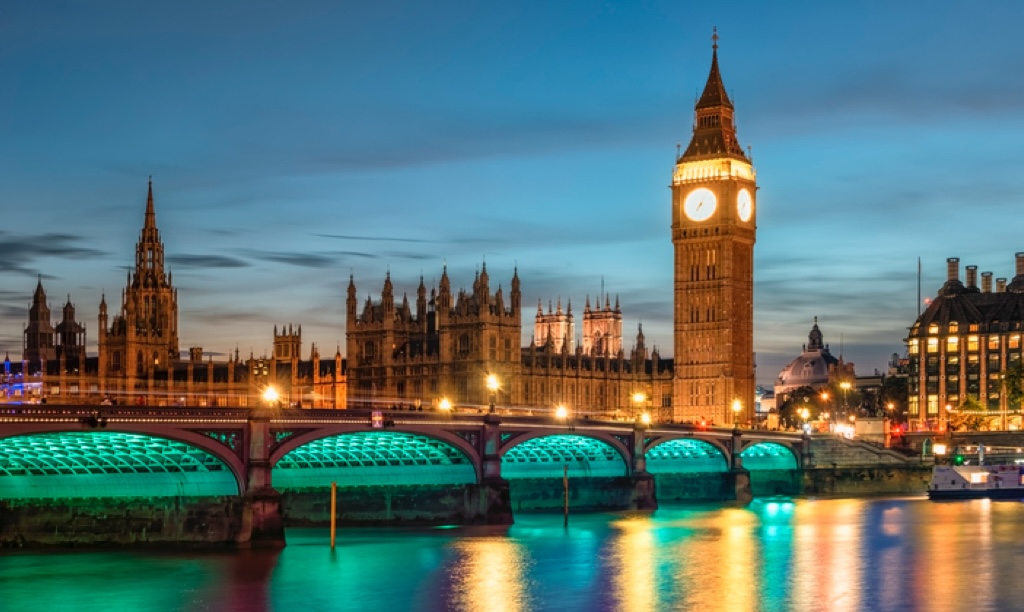After years of minor adjustments and a largely hands-off approach, HMRC appears to be shifting gears with two significant VAT developments so far this year. These moves suggest a more assertive stance and may mark the beginning of broader reform.
Cracking down on care home structuring
The first major change targets VAT structuring arrangements in the care home sector. These arrangements were designed to mirror the VAT recovery that local authorities could claim if they provided the same care services directly.
While this may seem like a niche issue, it raises a broader question: is HMRC beginning to challenge long-standing structures that were previously protected under EU law and the principle of “fiscal neutrality”? Now that EU law no longer has direct effect in the UK, HMRC may finally feel empowered to act against planning strategies it has tolerated, or even quietly accepted, for decades.
For care providers operating on thin margins, many of whom adopted these structures with HMRC's tacit approval, the shift could prove costly. Care homes operating the structure should be reviewing their positions and planning for “protection of the revenue” action by HMRC. Litigation may be on the horizon, but this development underlines an enduring truth: what's legally possible doesn't always align with HMRC’s view based on the “spirit” of the law.
Capital Goods Scheme threshold set for major increase
The second big change is an overdue update to the capital goods scheme (CGS) threshold for properties, which hasn’t budged since its 1990 introduction. As of April 2026, the threshold will rise from £250,000 to £600,000.
On the surface, this looks like good news. Fewer properties subject to the decade-long VAT monitoring and adjustment period means less administrative burden. But for some, particularly charities and partially exempt organisations, the change could backfire.
Consider this: a charity purchasing a £500,000 property for non-business use currently recovers no VAT upfront. But if it later opts to tax and leases part of the building, it can reclaim some of that VAT over time. Under the threshold, that opportunity disappears—the property won’t qualify under the CGS, and initial use becomes the only use that counts for VAT recovery.
Such situations highlight the complexity and unintended consequences these updates can create, especially for organisations with fluctuating recovery rates, like those relying on irregular grant funding.
As the 2026 implementation date approaches, businesses and charities alike should reassess property plans, considering whether it's better to buy now or later depending on how the transition is handled.
Could it be that we will start to see other long-neglected VAT thresholds (the de-minimis limits for partial exemption for example) up for review and revision? If these latest moves are anything to go by, the government could be gearing up for a new phase of proactive policy-making.


























